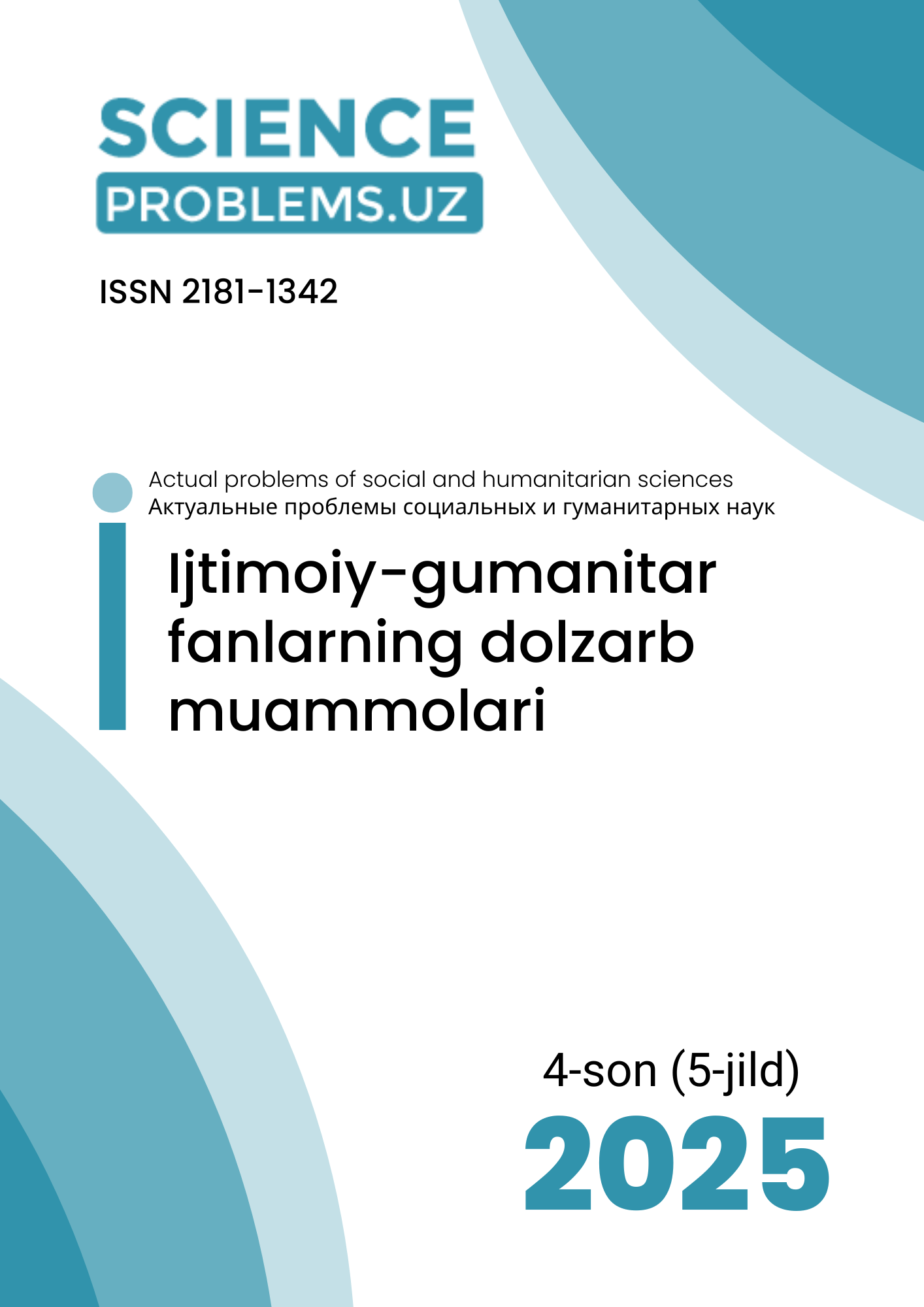THE FORMATION OF MYTHOLOGY AND THE INFLUENCING FACTORS
DOI:
https://doi.org/10.47390/SPR1342V5I4Y2025N44Keywords:
mythology, genesis of mythology, formation of mythology, psychological foundations of mythology, sociocultural influences, oral tradition, rituals, cultural syncretism.Abstract
Mythology has been a key element in shaping beliefs, practices, and worldviews across civilizations. This article explores its origins, development, and the factors that influence its creation, including psychological, social, and cultural aspects. It also examines the role of oral traditions, religious practices, and symbolic language in the formation and transmission of myths.
References
1. Tylor, E. B. (1871). Primitive Culture: Researches into the Development of Mythology, Philosophy, Religion, Art, and Custom. London: John Murray. -p 210.
2. Frazer, J. G. (1890). The Golden Bough: A Study in Magic and Religion. London: Macmillan. -p 74.
3. Freud, S. (1913). Totem and Taboo: Resemblances between the Mental Lives of Savages and Neurotics. London: Routledge. –p 151. 4. Sirojiddinova, S. (2024). DEVELOPMENT TRANSLATION OF INTERNATIONAL LAW NORMS THROUGH CONTENT-BASED. Conference Proceedings: Fostering Your Research Spirit, -p 425. https://doi.org/10.2024/895d5z97
5. Abdelmalek, Djihane. (2021). The Influence of Classical Mythology on English Literature. -p 68.
6. Akhmedova, N. (2023). A FUNCTIONAL STYLE OF LANGUAGE IS A SYSTEM OF INTERCONNECTED LANGUAGE. Наука и инновация, 1(12), -p 10. извлечено от https://in-academy.uz/index.php/si/article/view/16465 .
7. Kirillova, Natalia. (2018). Myth and mythmaking as the factors of development of religious consciousness and mass culture. Opcion. 34. -p 1140.








